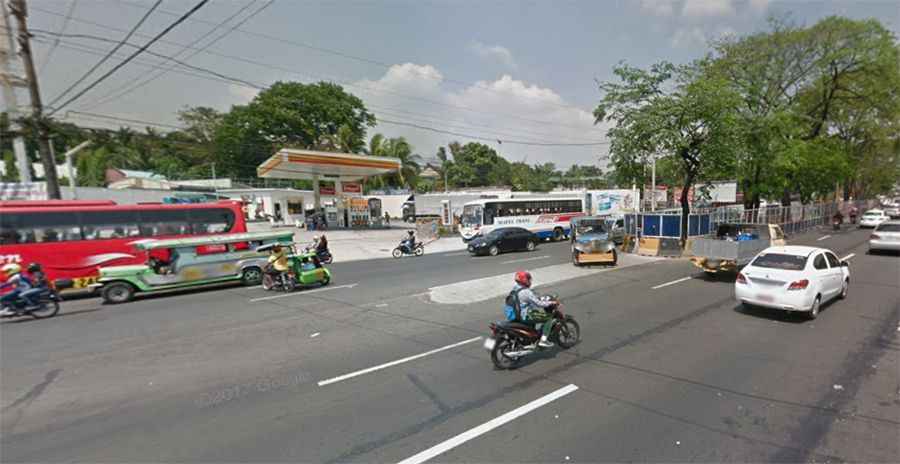Commonwealth Avenue is the Killer Highway of the Philippines
Located in the heart of Quezon City, in the Philippines, Commonwealth Avenue (nicknamed the “Killer Highway”) has terrible to non-existent regulations, along with its extremely heavy traffic, which leads to many hundreds of accidents amongst cyclists, pedestrians, and motor vehicles each year.

Where is Commonwealth Avenue?
Commonwealth Avenue is located in Quezon City, which is part of Metro Manila, the National Capital Region of the Philippines. Along the avenue, there are various landmarks, government offices, commercial establishments, and residential areas. The University of the Philippines Diliman campus is located near the avenue.
What type of road is Commonwealth Avenue?
It’s said to be one of the most defiant drives in the world. The road is a highway totally paved. It’s 12.4 km (7.7 mi) long and spans from 6 to 18 lanes running from Elliptical Road to Quirino Highway. It’s said to be the widest road in the country. Formerly, it was known as Don Mariano Marcos Avenue.
How busy is Commonwealth Avenue?
Due to its significance as a major transportation artery, Commonwealth Avenue often experiences heavy traffic, especially during peak hours. Efforts have been made to address traffic concerns, including the implementation of traffic management schemes.
When was the Commonwealth Avenue built?
First constructed in the 1960s, the road is part of the Radial Road 7 (R-7). The speed limit is 60 km/h. The road has seen numerous pedestrian, cyclist, and vehicular deaths over the years due to awful regulations and enforcement of traffic laws. Many of the world’s deadliest roads are situated in high altitudes or remote locations, where the lack of government intervention, rehabilitation, or supervision can cause fatal road accidents, but Commonwealth Avenue, located in the heart of Quezon City, one of the Southeast Asian country’s cultural, commercial, and political centers, is an exception to the rule.
Is Commonwealth Avenue lethal?
Most deaths on the road are blamed on too much traffic congestion and chaos. With an estimated three to five accidents per day, the road is a nightmare of reckless traffic. Public transportation vehicles are notorious for fast and careless driving; the road has no streetlights, and there is a conspicuous absence of road signs and designated motorcycle/bicycle lanes.
Risks:
- High volume of vehicles passing
- Road accidents: dump trucks, cargo trucks, buses, cars, and other vehicles regularly collide while traversing the length of the highway.
- Lack of a proper drainage system often results in heavy flooding during the rainy season, effectively stranding commuters and damaging vehicles.
- Public transportation vehicles are also known to stop in inappropriate areas to pick up passengers, which results in heavy traffic, if not potentially fatal vehicle collisions.
- During collisions, the high number of people standing or walking along makes for pedestrian fatalities as well.